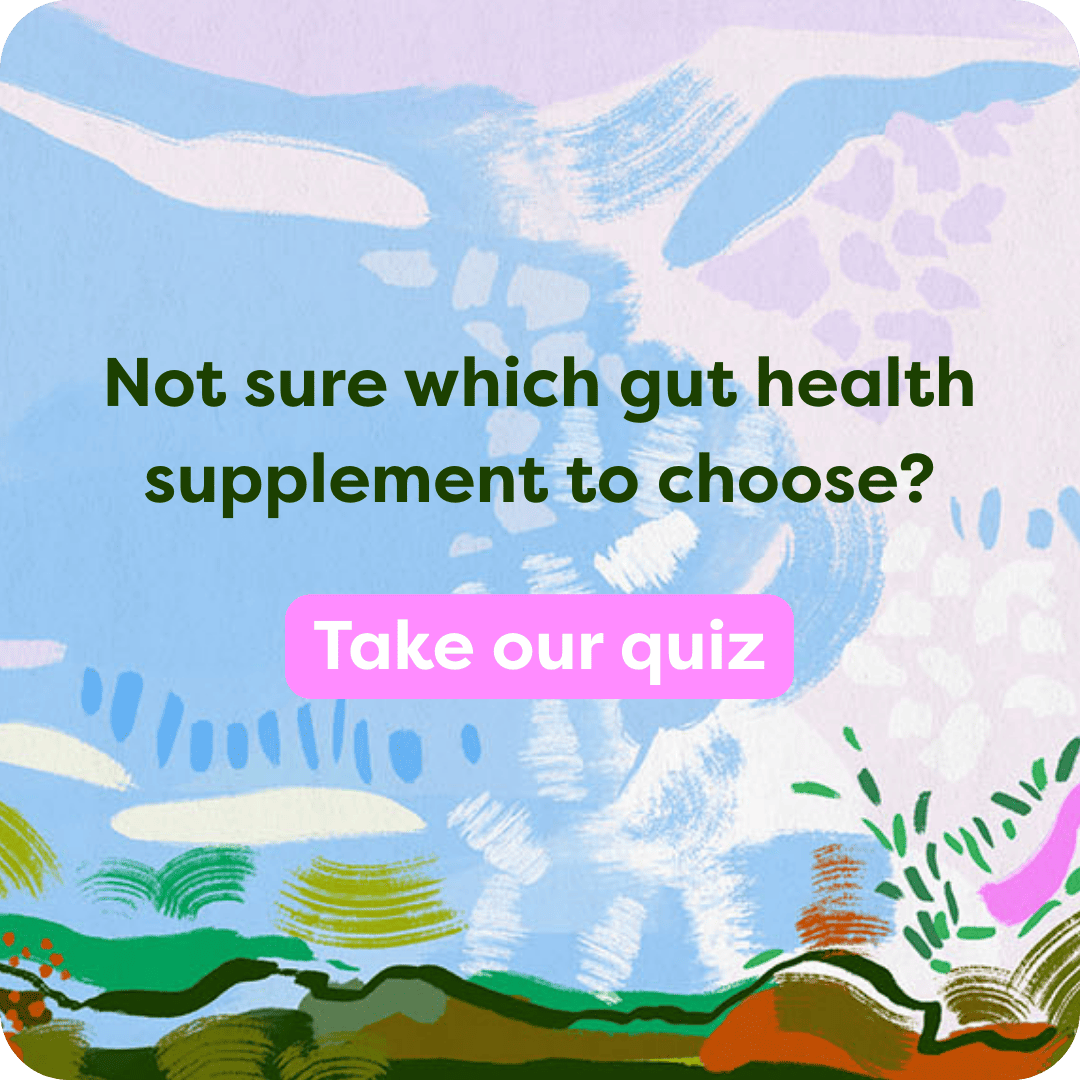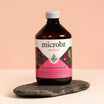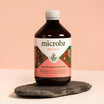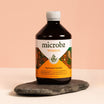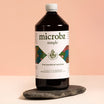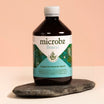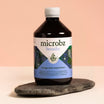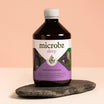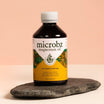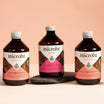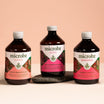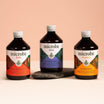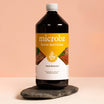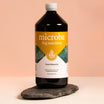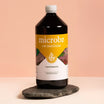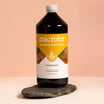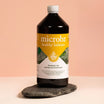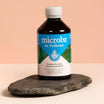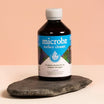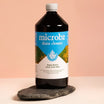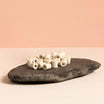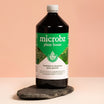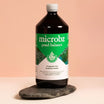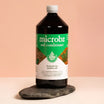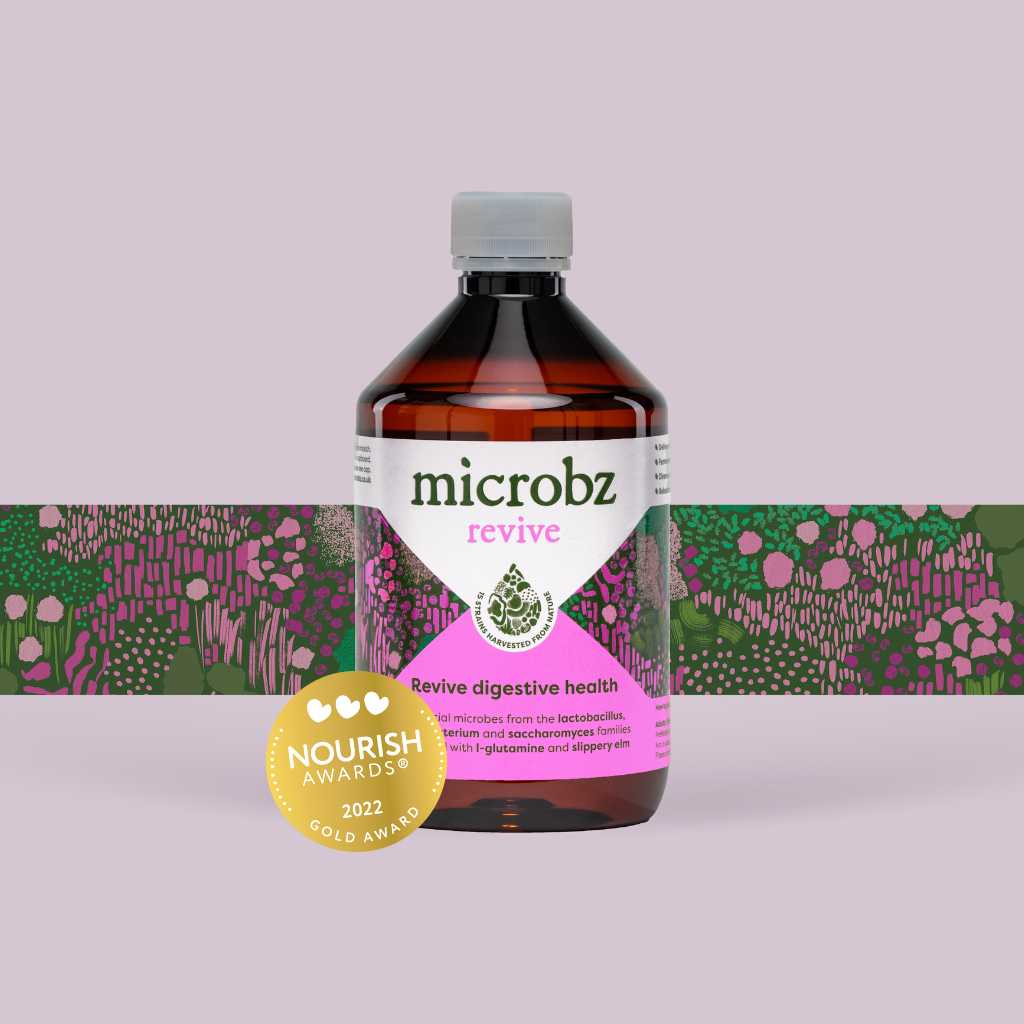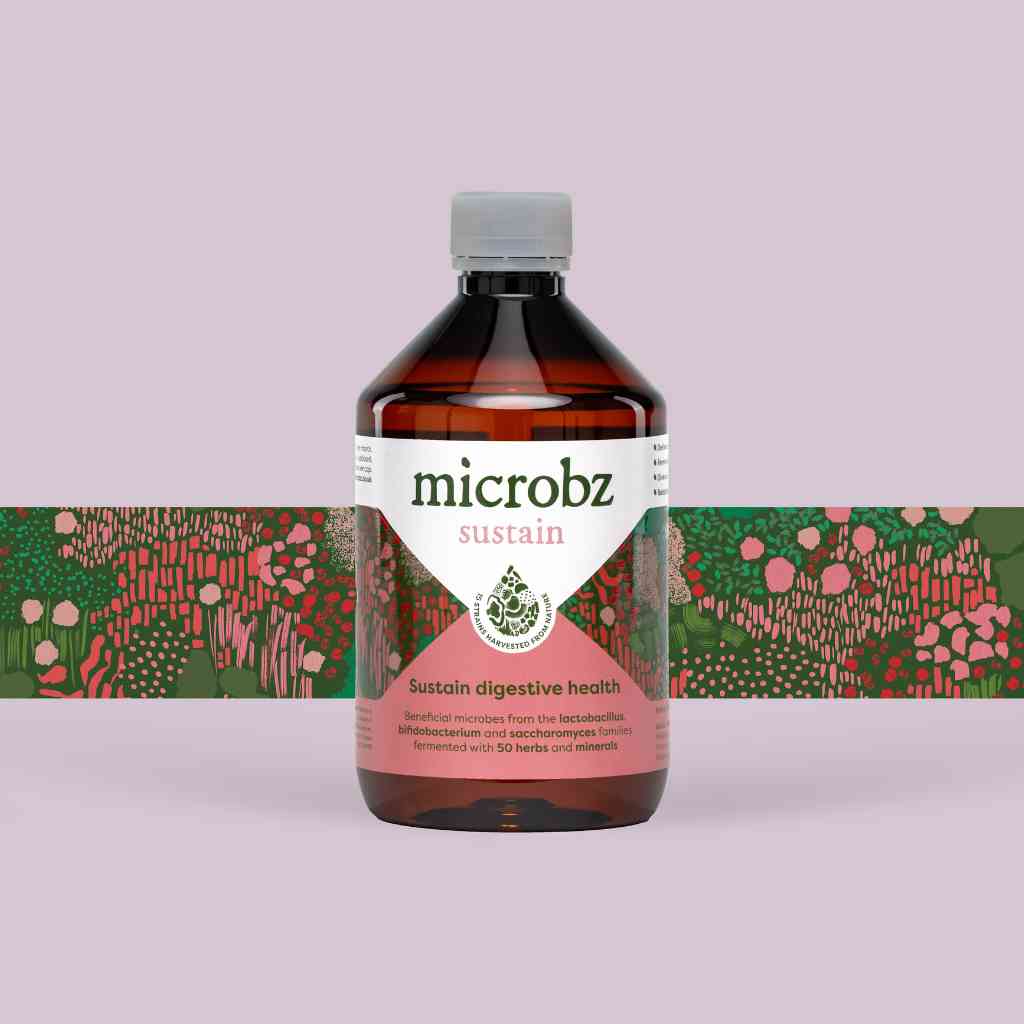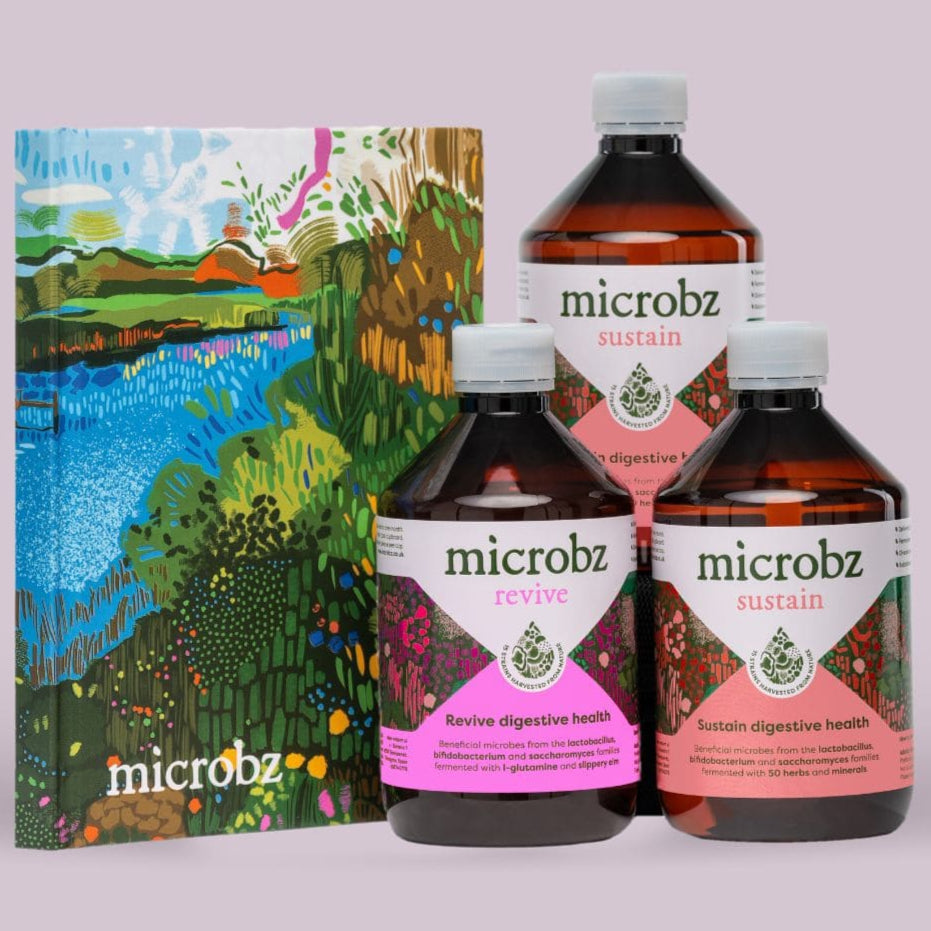Elecampane
Inula Helenium
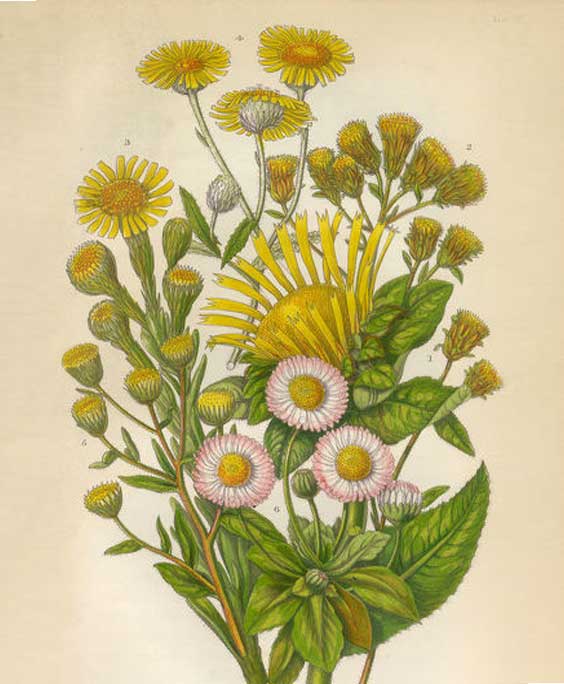
Family: Asteraceae
Which probiotic is it in?: Elecampane is a key herb in Bio-Live Breathe.
Habit and cultivation: Now growing in many temperate regions of the world, it is native to South-Eastern Europe and Western Asia. Cultivated and propagated from seed in spring or root division, it thrives well in moist, well drained ground. The root is dug up in autumn, cut up, and dried at high temperatures.
Actions (known for): Stimulating expectorant-sesquiterpene lactones, diaphoretic, warming, anti-tussive, anti-bacterial, antiseptic, anti-spasmodic to the respiratory tract and digestive tonic. The individual constituents of Inula the lactones are antibiotic, anti-viral and anti-fungal (in vitro). They are considered to have both anti-inflammatory and immunostimulant properties.
History of Elecampane
Parts used from the Elecampane
Rhizome and root, gathered early autumn or early spring after second year’s growth.
Constituents (bio available chemicals):
Root: Mucilage, 18-35% miscellaneous, approx 35% pectin, 1-2% sparagine tannins.
Nutritional constituents:
Minerals: calcium, potassium and sodium.
Indications:
Asthma and bronchial asthma, chronic bronchitis, whooping cough, cough associated with TB, useful for congestive conditions in children, emphysema and to support a debilitated constitution and digestion.
Dosage:
Decoction of dried root 1.5-4g daily. Fluid extract 1-2ml 3 x daily.

